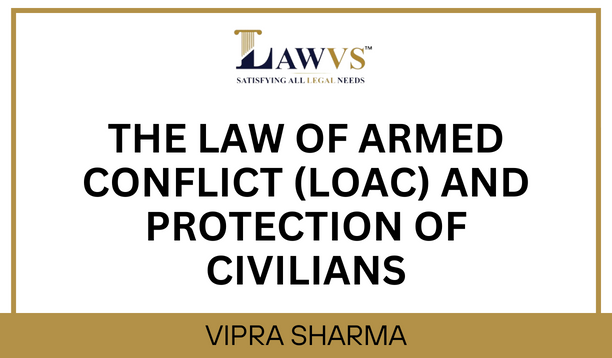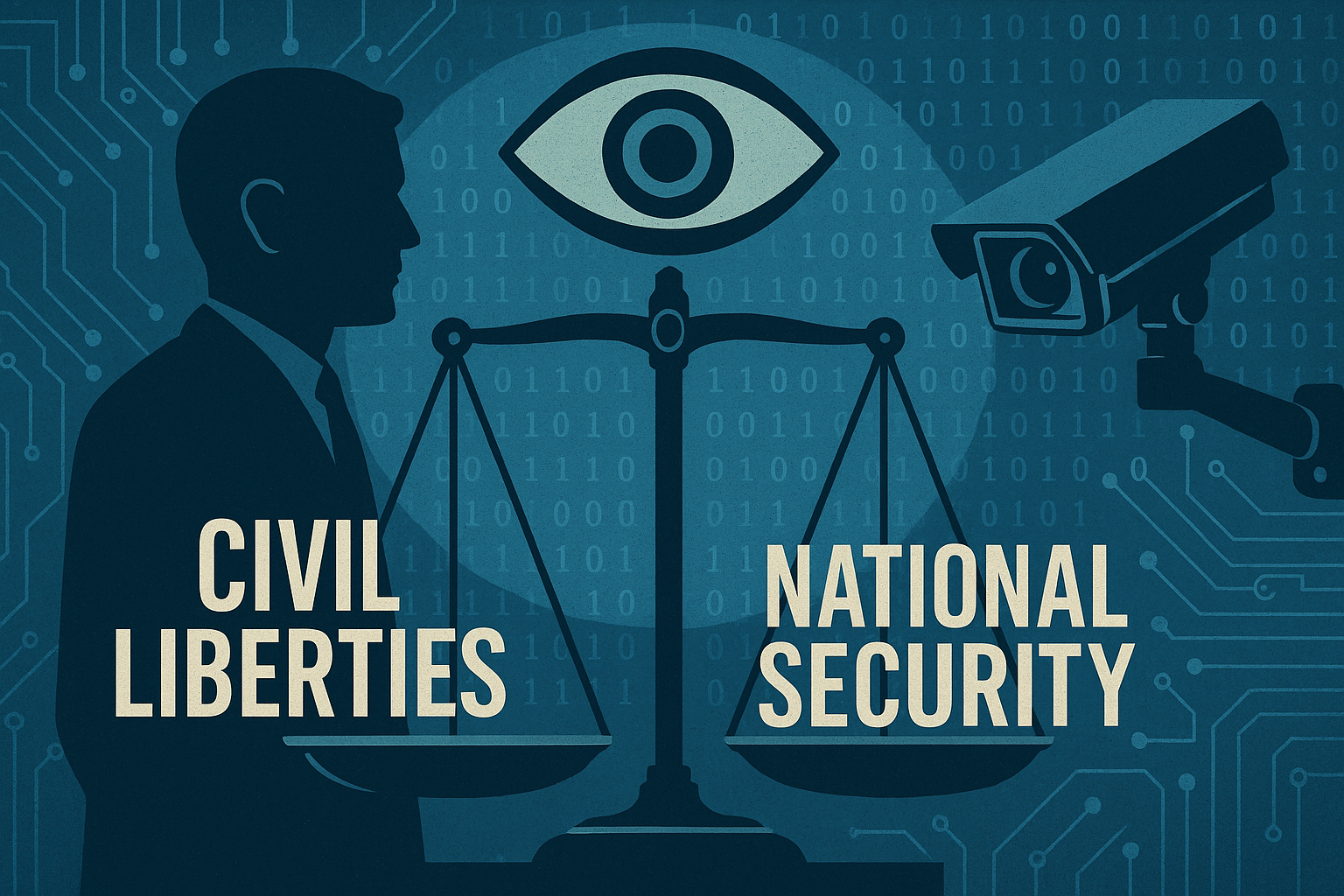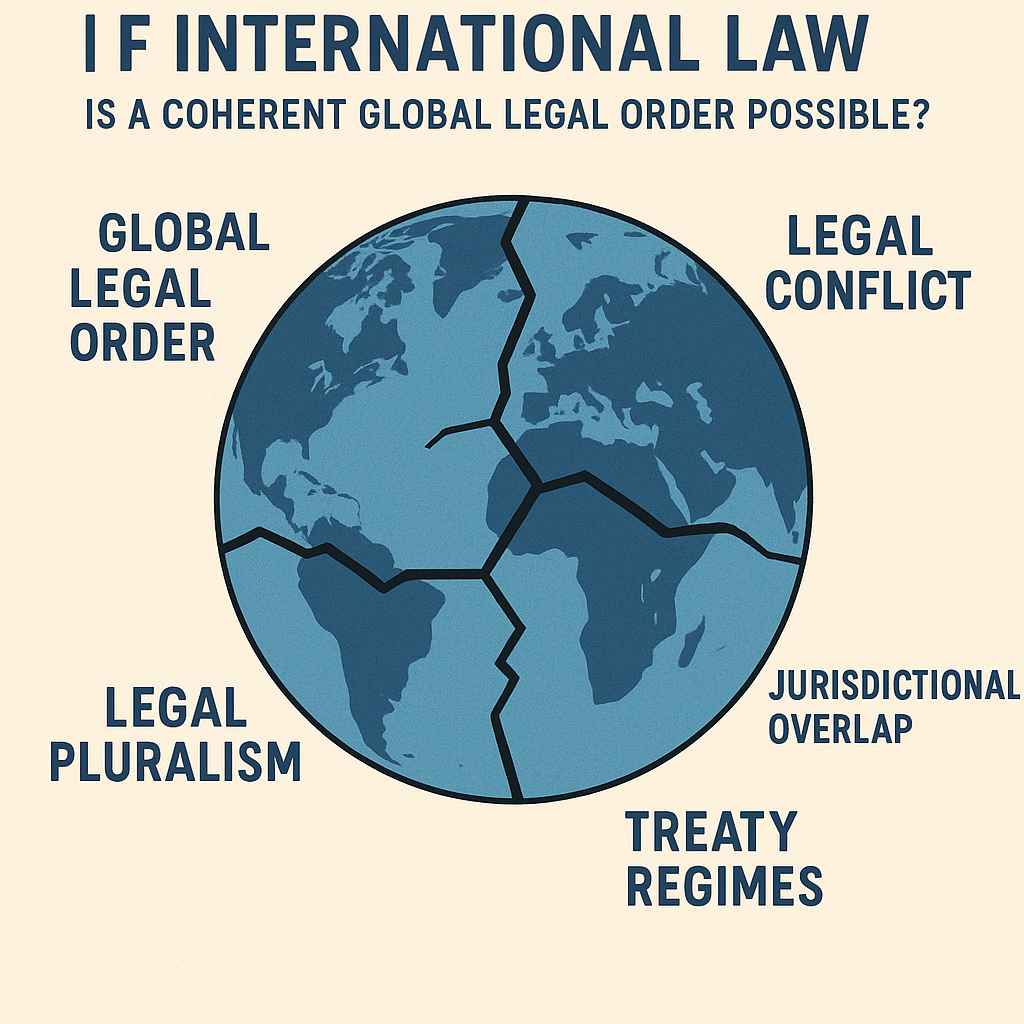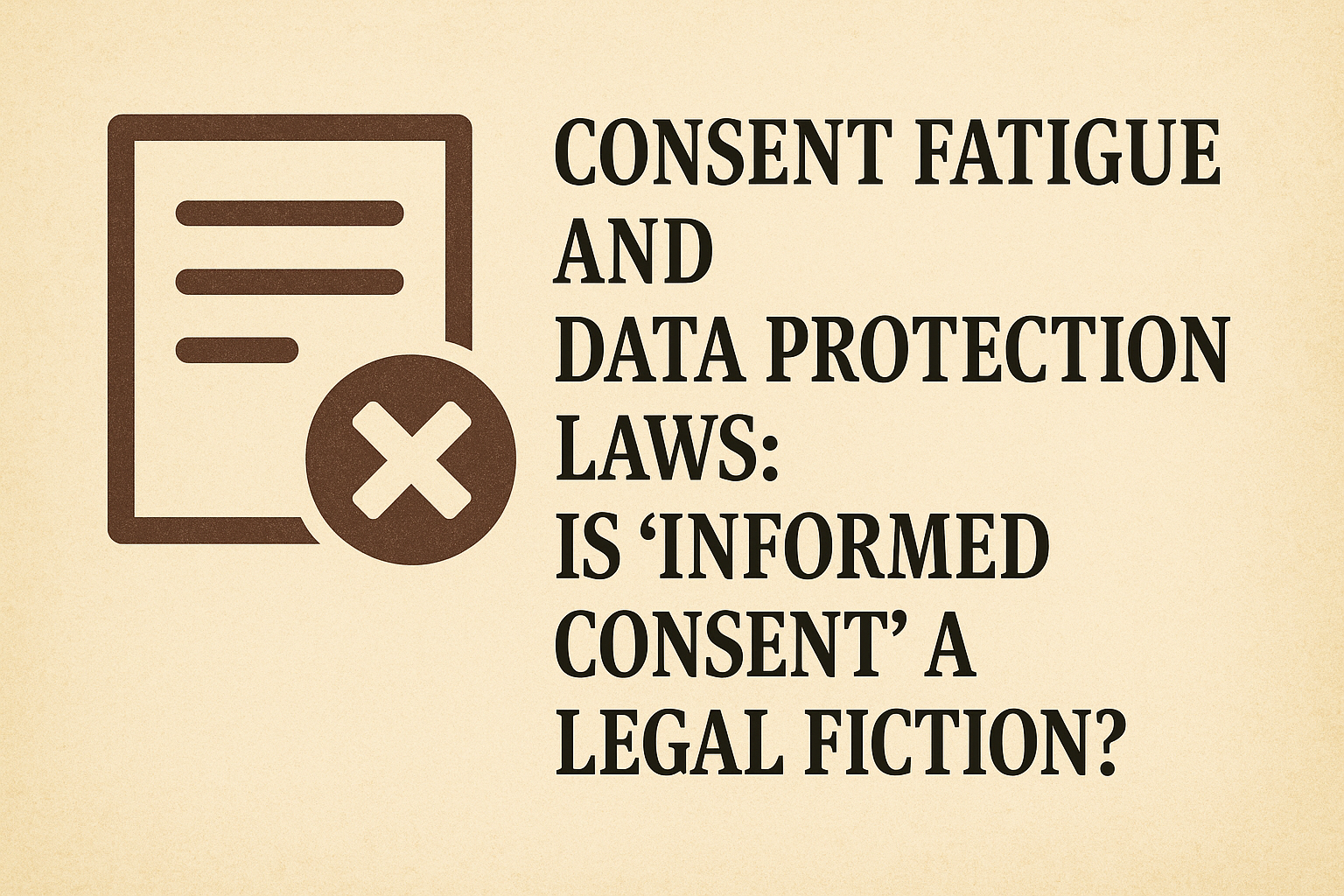Introduction
The Law of Armed Conflict (LOAC), also known as International Humanitarian Law (IHL), is a body of international rules and principles that seeks to regulate the conduct of armed conflicts. Its primary aim is to limit the effects of warfare by protecting those who are not, or are no longer, taking part in hostilities, such as civilians, prisoners of war, and other vulnerable groups. LOAC is binding on all parties to a conflict—whether state actors, non-state armed groups, or individuals—and forms a fundamental part of the modern international legal framework.
A core principle of LOAC is the protection of civilians. Civilian populations are often the most vulnerable during armed conflicts, bearing the greatest costs of violence, displacement, and destruction. Therefore, safeguarding their lives, dignity, and property remains a central goal of LOAC and an essential element in maintaining humanity during warfare.
The Protection of Civilians under LOAC
1. The Principle of Distinction
One of the cornerstone principles of LOAC is the principle of distinction, which obligates parties to a conflict to distinguish between combatants and civilians, and between military objectives and civilian objects. Attacks may only be directed against combatants and legitimate military targets. Civilians and civilian property must not be the object of attack.
This principle is codified in Article 48 of Additional Protocol I (1977) to the Geneva Conventions and is fundamental to minimizing civilian suffering during armed conflicts.
2. The Principle of Proportionality
The principle of proportionality prohibits attacks in which the expected civilian harm would be excessive in relation to the direct military advantage anticipated. This ensures that even when military targets are lawfully attacked, incidental civilian harm must be kept within acceptable and humane limits.
For example, bombing a military depot situated near a school or hospital would likely violate the proportionality rule if the civilian casualties were expected to outweigh the military gain.
3. Prohibition of Indiscriminate Weapons and Tactics
LOAC prohibits the use of weapons and tactics incapable of distinguishing between military and civilian targets. Weapons such as landmines, cluster munitions, and incendiary weapons are often criticized for their indiscriminate effects and long-lasting danger to civilian populations. Similarly, tactics such as indiscriminate bombardments of populated areas are strictly prohibited.
The 1997 Ottawa Treaty banning anti-personnel landmines and the Convention on Cluster Munitions (2008) reflect the global commitment to reducing such risks.
Role of International Organizations in Civilian Protection
1. The International Committee of the Red Cross (ICRC)
The ICRC plays a central role in promoting and monitoring compliance with LOAC. Acting as a neutral and independent body, the ICRC provides humanitarian assistance to civilians and prisoners of war, visits detention facilities, and engages with conflicting parties to ensure respect for IHL. Its mandate under the Geneva Conventions gives it a unique position to advocate for civilian protection and to intervene where violations occur.
2. The United Nations (UN)
The United Nations also plays a vital role in protecting civilians during armed conflicts. The UN Security Council, under its mandate to maintain international peace and security, can authorize peacekeeping operations, impose sanctions, or even approve the use of force to protect civilians.
3. The Office of the High Commissioner for Human Rights (OHCHR)
Monitors and reports on human rights violations during conflicts, while the Department of Peacekeeping Operations (DPKO) often integrates civilian protection mandates into peacekeeping missions. The establishment of special tribunals (such as the International Criminal Tribunal for Rwanda and the International Criminal Tribunal for the former Yugoslavia) and the International Criminal Court (ICC) further strengthens accountability for serious violations of LOAC, including deliberate attacks on civilians.
Challenges to Civilian Protection
Despite the robust framework of LOAC, the protection of civilians in modern conflicts faces significant challenges:
1. Asymmetrical Warfare – Non-state armed groups often operate within civilian populations, making it difficult to distinguish combatants from civilians.
2. Urban Warfare – Increasingly, conflicts are fought in densely populated areas, leading to higher risks of civilian casualties.
3. Lack of Compliance – Parties to conflicts, especially non-state actors, often ignore LOAC obligations, resulting in atrocities such as indiscriminate bombings, forced displacement, and mass killings.
4. Accountability Issues – While international mechanisms exist, enforcement remains inconsistent. Many violators go unpunished due to political constraints or lack of jurisdiction.
Conclusion
The Law of Armed Conflict (LOAC) serves as a vital safeguard against the brutality of war by setting limits on the conduct of hostilities and placing a strong emphasis on the protection of civilians. The principles of distinction, proportionality, and prohibition of indiscriminate weapons provide the normative foundation for minimizing harm to non-combatants.
International organizations such as the ICRC and the UN play indispensable roles in monitoring, enforcing, and promoting adherence to these rules. However, ongoing challenges—such as asymmetrical conflicts, urban warfare, and weak accountability—highlight the need for stronger implementation and global cooperation.
Ultimately,
the protection of civilians is not only a legal obligation but also a moral
imperative. Upholding LOAC ensures that even in times of war, the values of
humanity, dignity, and human rights remain protected, preventing armed
conflicts from descending into unchecked brutality.








